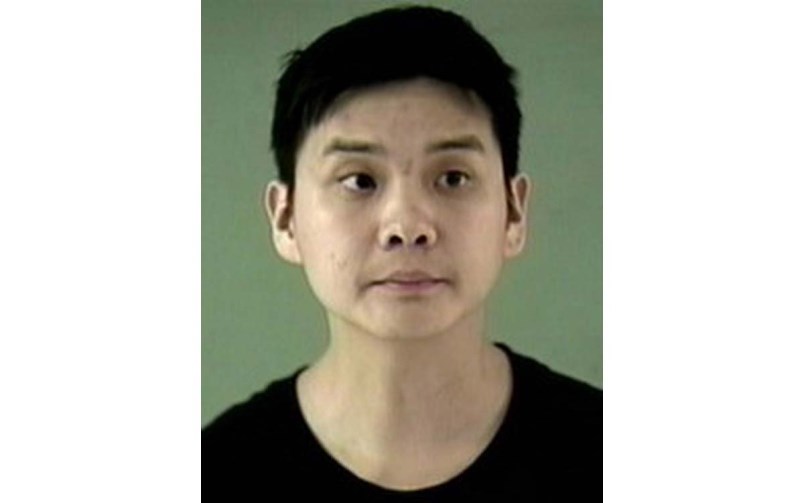The trial for a Richmond man accused of drug dealing that was linked to three overdoses has ended in a stay of proceedings.
Kim World Huang was charged with 12 counts of possession of controlled substance for purposes of trafficking following Richmond RCMP’s investigation.
His trial began June 8 in B.C. Supreme Court in Vancouver, running until June 10, with Justice Warren Milman presiding. The Crown called four witnesses on the voir dire, according to the Public Prosecution Service of Canada (PPSC).
On June 12, the Crown decided to enter a stay of proceedings, ending the trial.
A spokesperson for the PPSC, which is responsible for prosecuting all drug offences in Canada – except in Quebec and New Brunswick – confirmed the charges against Huang were stayed.
“The Crown advised the court that the PPSC is required to consider whether there is a reasonable prospect of conviction throughout the prosecution process,” said the spokesperson in an email to the Richmond News.
“After hearing the testimony of Crown’s witnesses, the Crown re-assessed the case and determined that the reasonable prospect no longer existed.”
In May 2018, Richmond RCMP announced they had issued a warrant for Huang’s arrest after three people were found in an apartment in Oct. 2017 – in the 8000 block of Hazelbridge Way, near Alexandra Road – suffering from apparent drug overdoses.
All three people were treated and survived.
Mounties also seized a large quantity of drugs, including cocaine, methamphetamine, heroin cut with fentanyl, ketamine and MDMA from the apartment.
“We would like (to take) this opportunity to warn the public that the consumption of illicit drugs is an incredibly dangerous undertaking,” said Cpl. Dennis Hwang in 2018.
“You have no idea what is inside – the concentration or what other chemicals have been mixed together.”



